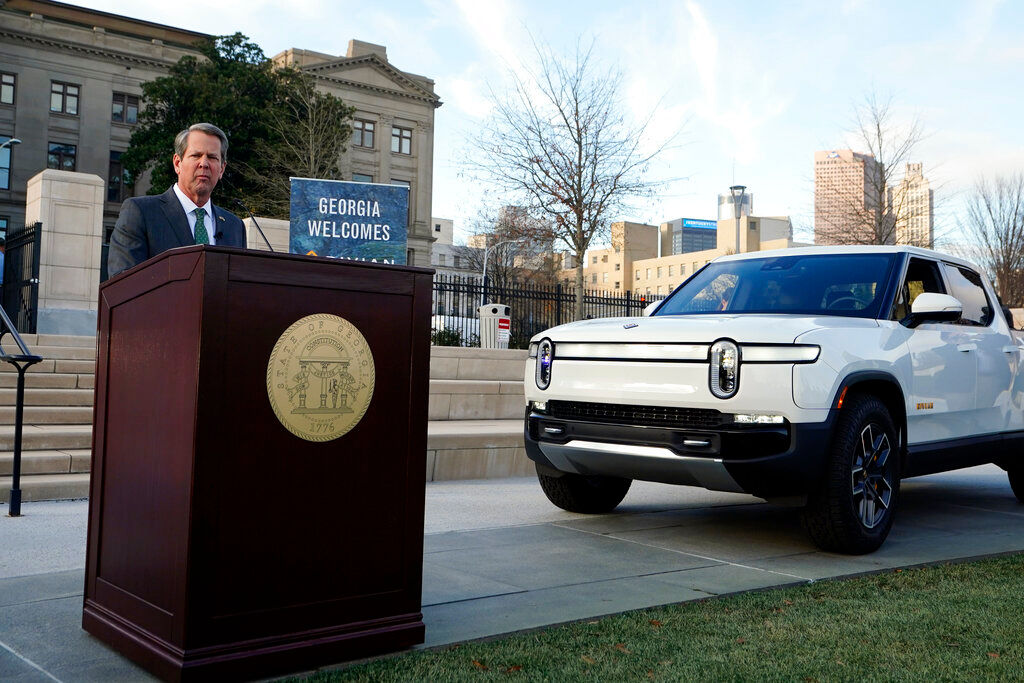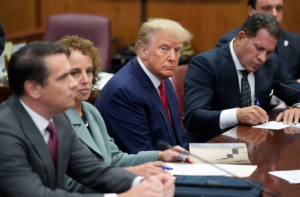Rivian Automotive shares hit an all-time low on Friday after the electric vehicle start-up posted a $1.23 billion net loss in the third quarter. Rivian, which went public through a $13.7 billion IPO in November, attributed the results to costs from starting production of its pickup truck. In its first public earnings report since that blockbuster listing that put it ahead of behemoths like General Motors and Ford in terms of valuation, Rivian said it had lost $12.21 per share for the quarter. Revenue was $1 million from deliveries of 11 pickups.
Rivian said after the markets closed Thursday that it expected to fall “a few hundred vehicles short” of this year’s production target of 1,200 vehicles.
Also Read: Apple’s electric cars could be available as soon as 2025: Report
“Ramping up a production system like this, as I said before, is a really complex orchestra,” Rivian CEO RJ Scaringe said, reports CNBC. “We’re ramping largely as expected; the battery constraint is really an artifact of just brining up a highly automated line, and, as I said, it doesn’t present any long-term challenges for us.”
Also Read: Tesla founder Elon Musk named Time Magazine’s ‘Person of the Year’ 2021
Shares of Rivian were down 15% early Friday morning to below $93 a share, a new low since they began trading on November 10.
Rivian said that net orders of its R1T electric pickup increased to 71,000 as of Wednesday.
The company lost $2.23 billion for the first nine months of the year.
Also Read: Electric vehicle maker Rivian raises $2.5 billion in the latest round of funding
“In the near term, we expect this dynamic – of vehicle production being significantly less than our manufacturing capacity – will continue to have a negative drag on gross profit as we ramp production of the R1T, R1S (SUV) and EDV (commercial van),” Rivian said in a statement.
The company also confirmed that it would build a second U.S. factory east of Atlanta that can build up to 400,000 vehicles per year. Production is expected to start in 2024, and the plant could eventually employ more than 7,500 employees.
(With AP inputs)







